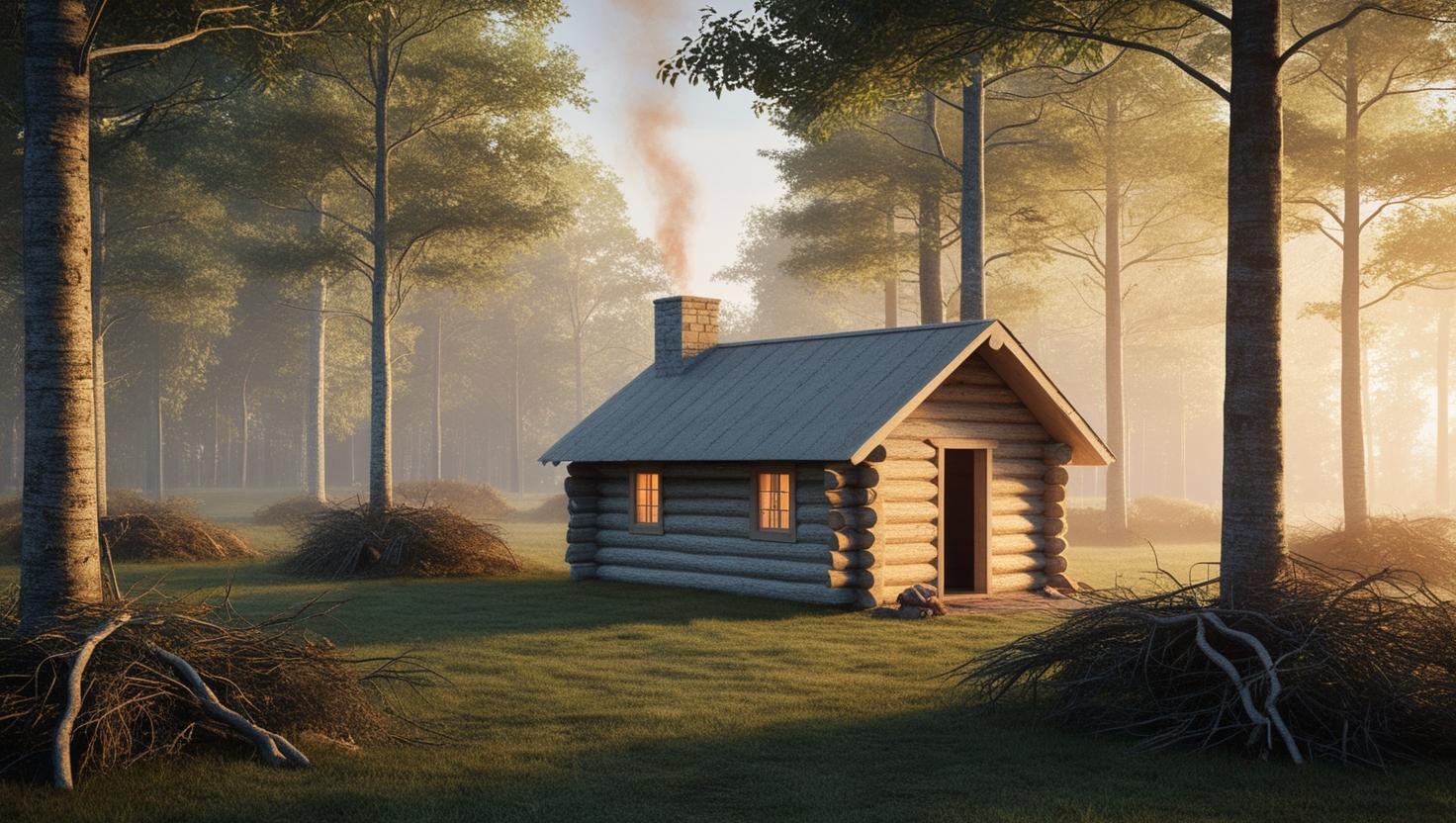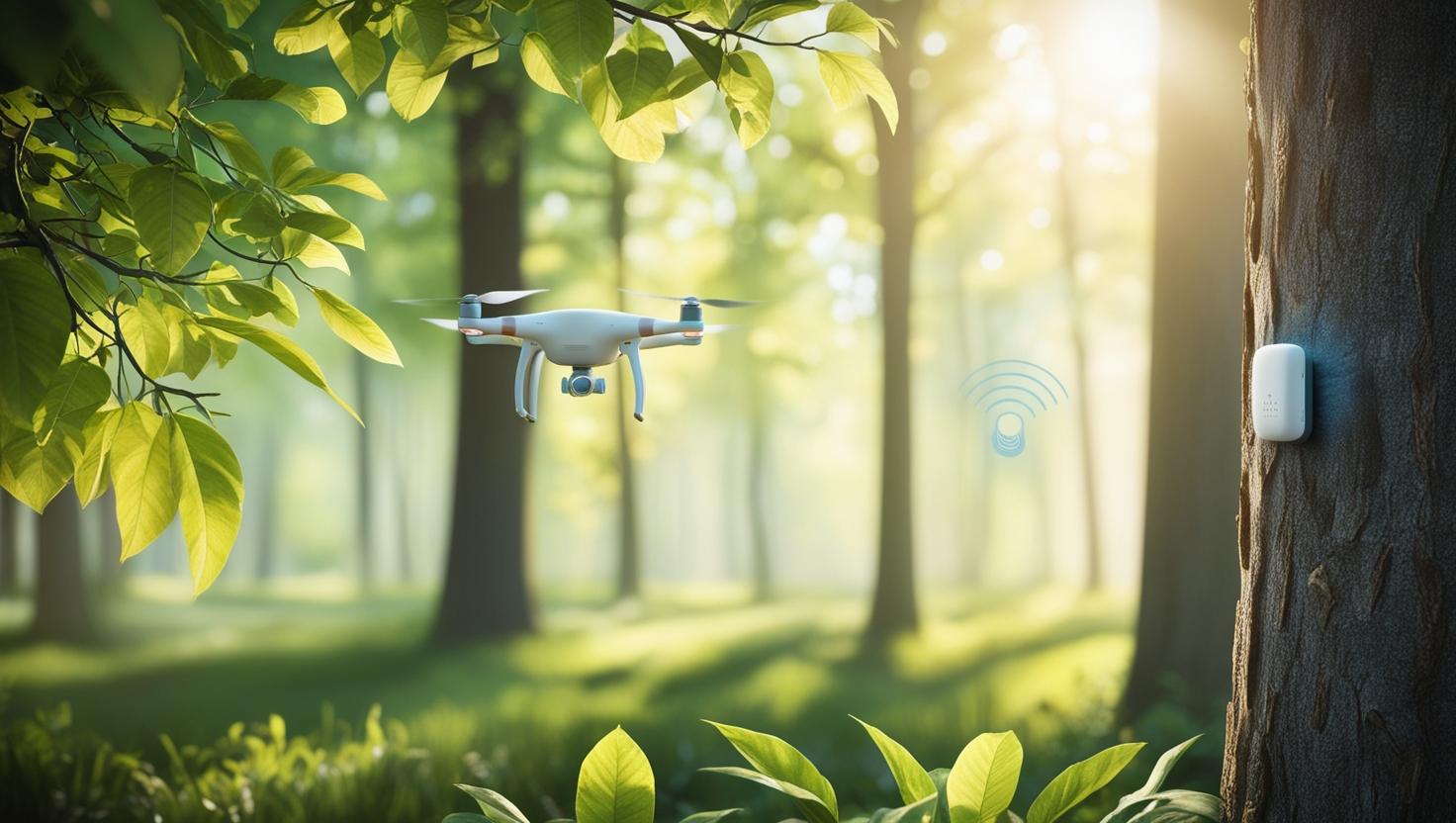Fighting Fire with Tech: Understanding the Cost of Wildfires and Our High-Tech Future
A Personal Take by Peter T. Masters

Wildfires have always been a part of nature’s cycle, but in recent years, they’ve escalated
into more frequent and destructive events. Entire communities have been uprooted, forests
ravaged, and wildlife displaced. The financial toll alone often runs into the billions of
dollars, including everything from firefighting efforts and property damage to lost productivity
when roads close and businesses are forced to shut down. Yet, behind these staggering figures
lie the very real human stories of families forced to evacuate, homes reduced to ash, and
the emotional burden that can linger for years.
The Human and Financial Cost
When a wildfire races across a community, its impact extends far beyond the burn scar. Families may
be forced to flee at a moment’s notice, sometimes never returning to the homes they’ve spent a lifetime
building. Local businesses can suffer major setbacks—some close for good—while entire economies feel the
ripple effects through disruptions in tourism and infrastructure damage. The financial toll alone often
reaches into the billions of dollars, covering everything from firefighting operations to the cost of
rebuilding scorched communities.
Yet the greatest loss remains the human one. Wildfires can and do claim lives, shattering families and
leaving entire neighborhoods grappling with grief. But, in the midst of this tragedy, firefighters stand
out as everyday heroes—rushing toward the danger to contain blazes, protect property, and save lives.
They often face perilous conditions, enduring extreme heat and low visibility, all while acting with
urgency and professionalism. Their dedication reminds us that beyond the dollars and acres lost, it’s
people who are on the front lines, risking everything to keep our communities safe.
This human element underscores why investing in both prevention and rapid-response technologies is so vital.
The goal is not just to minimize financial damage; it’s to prevent further heartbreak, ease the burden on
frontline firefighters, and ensure that residents have the best possible chance at safeguarding their
homes and livelihoods.
Minimizing Occurrence and Damage

One key to reducing the frequency and severity of wildfires is understanding that fire prevention and
forest management go hand in hand. Properly maintained forests—where brush is cleared, dead trees are
removed, and healthy vegetation is encouraged—are less likely to erupt into massive infernos. Prescribed
burns under controlled conditions can also thin out overgrown areas that might otherwise become tinderboxes
during hot, dry weather. Community awareness and preparedness play an equally important role. Simple
measures like creating “defensible space” around homes and businesses by clearing flammable materials
can make a significant difference when embers begin to fly.
However, prevention efforts alone can’t guarantee safety when extreme weather conditions align. That’s
where advances in technology step in. Over the past decade, we’ve seen a wave of innovative solutions
aimed at detecting wildfires earlier, containing them faster, and improving coordination among emergency
services.
How Technology Is Making a Difference
Technology has become a crucial ally in the fight against wildfires. Google, for instance, uses AI-driven
satellite imagery to quickly identify and map emerging fires, giving first responders an early edge. Meanwhile,
IBM’s Weather Company processes vast weather datasets to anticipate fire behavior under changing conditions.
On the ground, the AlertWildfire camera network, enhanced by AI tools like FireScout, constantly scans
high-risk regions for smoke and relays crucial updates to local agencies.
Drones produced by DJI and Skydio offer real-time assessments, carrying thermal cameras that detect hidden
hotspots through thick smoke. For particularly hazardous zones, the Thermite firefighting robot tackles
flames in temperatures too extreme for humans. By combining AI analytics, drone surveillance, and robotic
assistance, these innovations enable faster, safer, and more precise wildfire responses, ultimately protecting
both lives and property.

A Glimpse into the Future
Looking ahead, wildfire technology is poised to become even more sophisticated. We can envision AI systems that
automatically coordinate between drones, satellites, and ground sensors, relaying critical information in real time.
Picture entire fleets of firefighting robots collaborating with aerial surveillance to cut off fires at their source.
Thanks to increased investment from both the public and private sectors, it’s likely that wildfire management will
shift from a reactive operation to a more proactive one—identifying not just where a fire is, but where it’s likely
to move next.
There’s also a growing focus on data analytics and software tools that synthesize all these information streams—weather
data, drone footage, sensor alerts—into a single dashboard. This comprehensive approach can help emergency teams act
swiftly and decisively, ultimately saving lives and protecting property. It’s not just large tech giants leading the charge,
either. Startups and smaller businesses are developing many of these specialized platforms, showing that size isn’t a
barrier to innovation.
Final Thoughts
Wildfires may never disappear entirely, but our ability to predict and contain them is improving every day. By investing
in advanced technologies, practicing responsible forest management, and encouraging community preparedness, we can
significantly reduce the human and financial cost of these natural disasters. There will always be challenges ahead—climate
change, evolving weather patterns, and the sheer unpredictability of nature—but the momentum is on our side.
Ultimately, a safer tomorrow for fire-prone regions isn’t a distant dream. It’s the result of concerted efforts from every
corner of society, supported by technology that’s getting more powerful and intuitive with each passing year. Wildfires may
still rage, but with the right tools, we can look forward to a time when their impact on our lives and livelihoods is
considerably smaller—and far less devastating.



